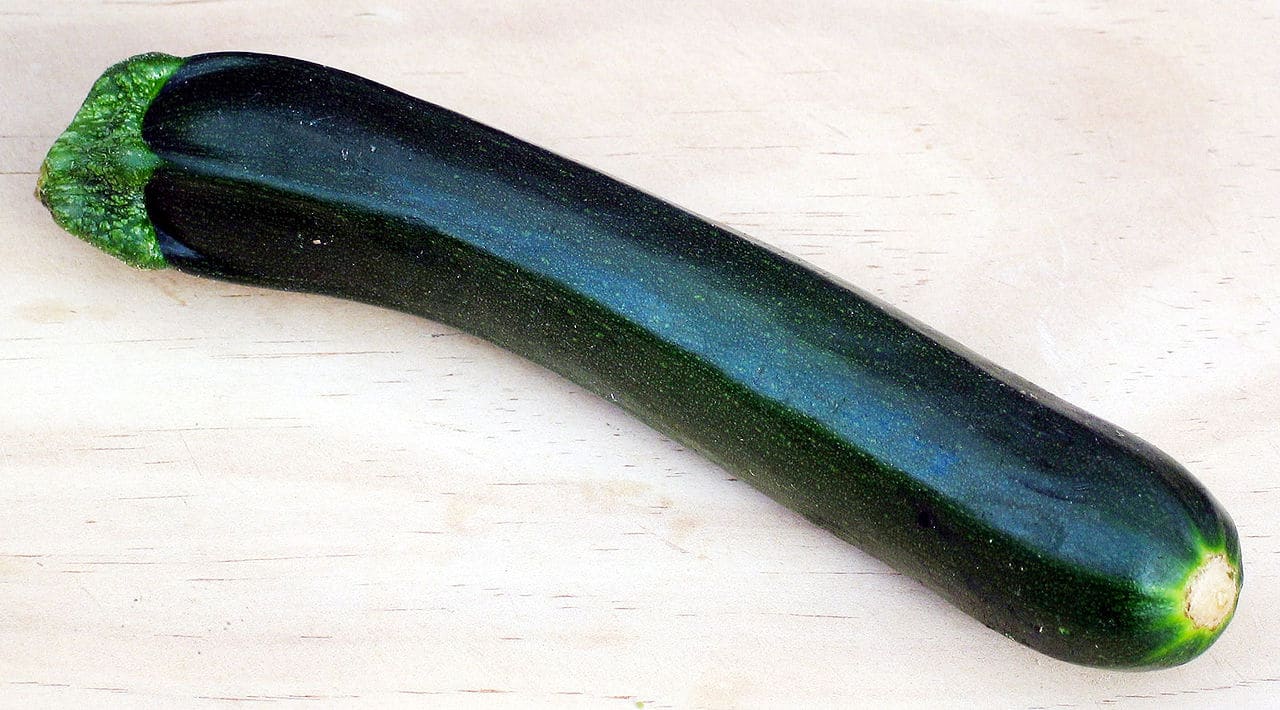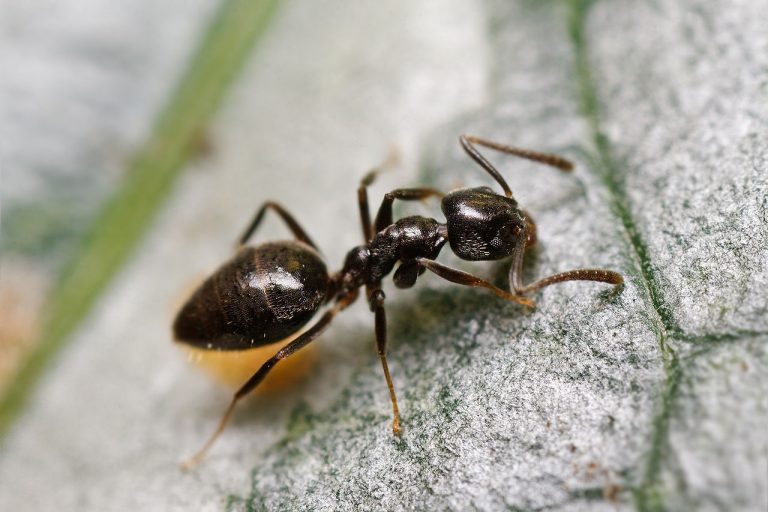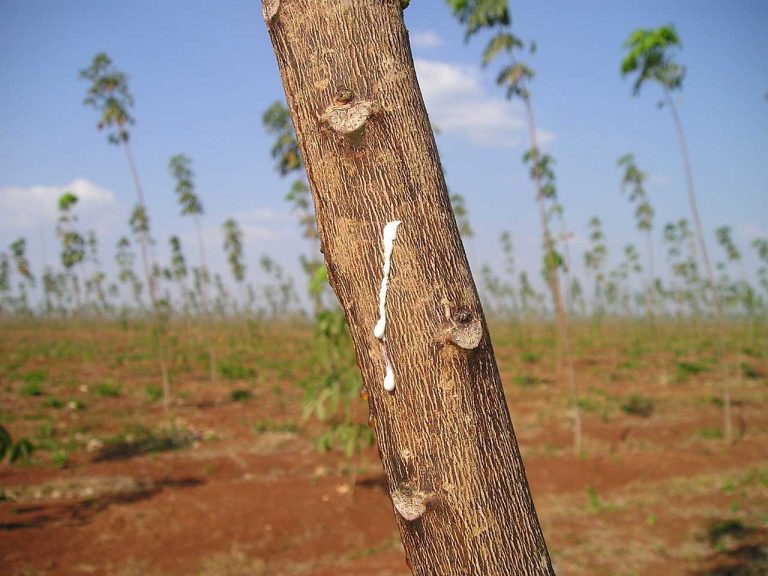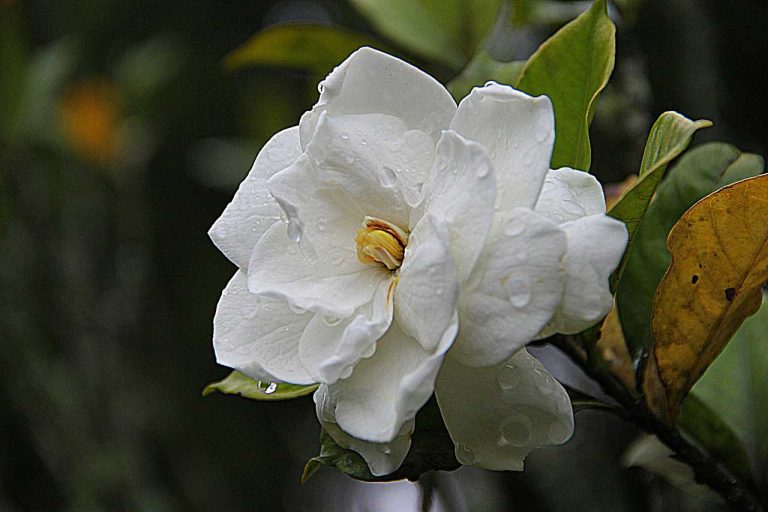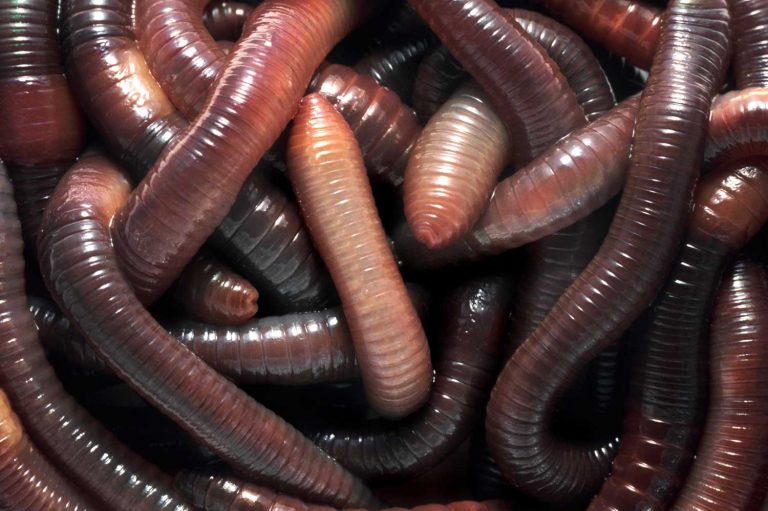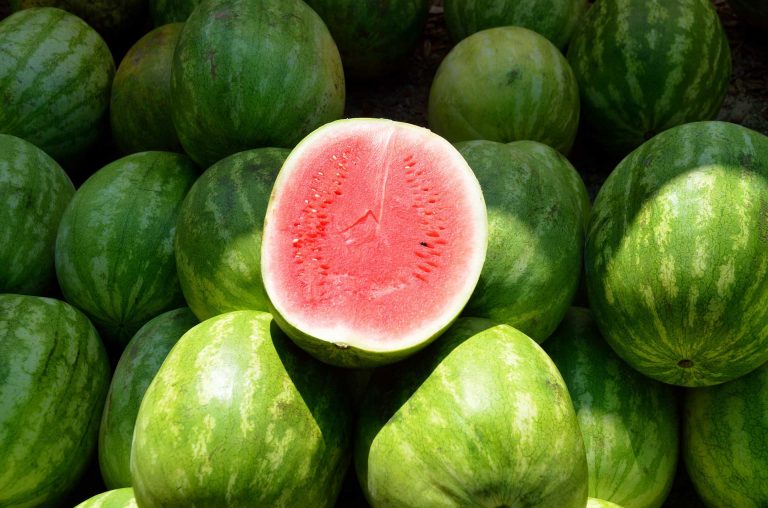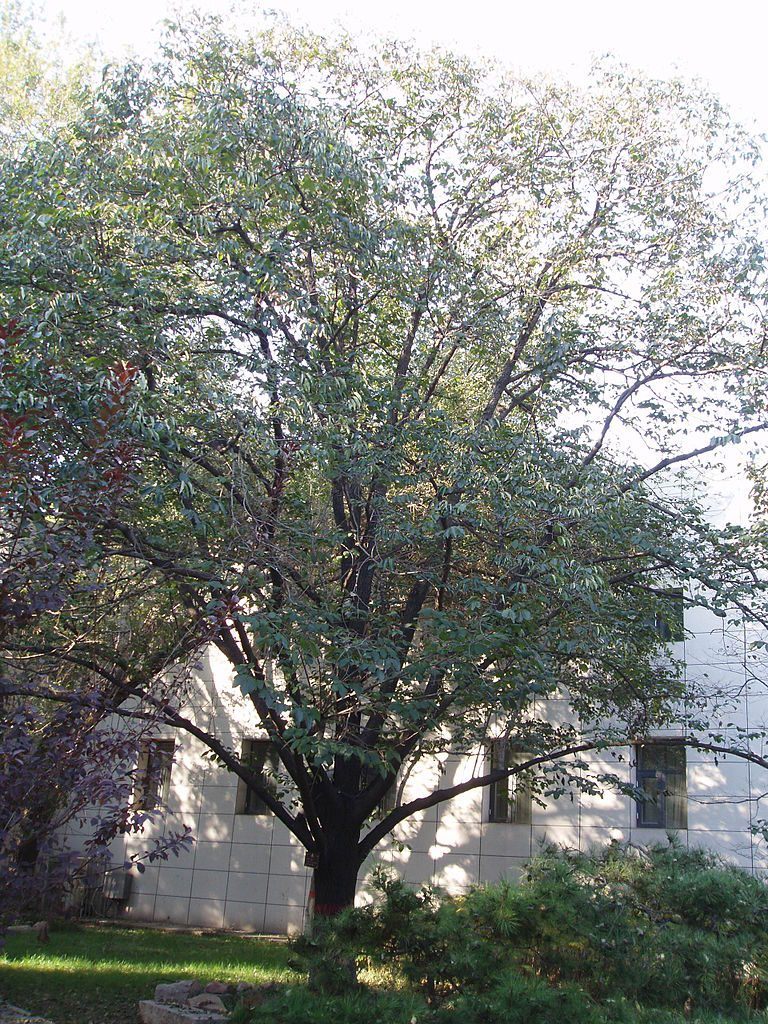Courgette
The summer squash, zucchini or, more familiarly known as the Courgette is about a meter long vegetable that you use for cooking appetizing dishes and for enjoying healthy veg aromas. Nevertheless, it is a fruit that you can obtain from the puffy ovary of the flower of the zucchini.
Anatomy
Deep green colored coating, along with an inner pale flesh characterizes courgette.
Habitat
The zucchini comes from Italy.
GROWING AT HOME
Soil for Planting
Grow Courgettes seeds very simply either indoors or outdoors in heavy soils. Modify the soil area, by adding ample amount of compost or well-rotten manure, since they need a lot of nourishment from organic matters. Avoid sites that face exposure to cold winds and keep the pots in a luminous area.
Planting
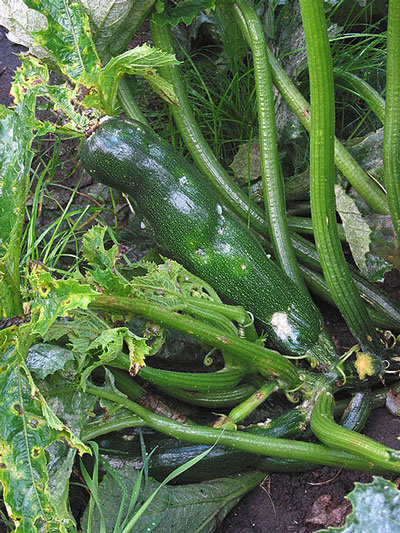
After unearthing the soil, place the seeds vertically inside the pots, full of compost that has a multipurpose application. Hydrate the soil, and after draining the water, keep the pot in widows or other sunny spots from about the middle of April month.
If you are planning to plant the seeds directly in the garden, you can begin sowing from middle of May-June, as soon as frosty weather disappears. The courgette plants can succumb to the cold badly, so you would do well to cover the young plants with fleece or daily used plastic bottles, cut into halves. Drill a trench, about 4 inches or 101 mm in-depth, and carefully place the manure inside. After putting soil into the first trench, dig another one to plant the seeds. Maintain a gap of approx. 3 ft. (90cm) between two seedlings.
Watering
Ample amount of water is very vital for the plants, as soon as flower season sets in or when the fruits start developing. Mulching of soil will be helpful in order to keep the soil moist.
Temp and Humidity
Temperature around 21° C is favorable for courgette, but do not forget to keep the pots hydrated always.
Care
As soon as the first fruit starts swelling, it is vital to start supplying liquid fertilizer rich in potash at intervals of 10-14 days.
Do not over-wash the plants until the courgettes grow.
It is simple to grow, only regularly water them.
Liquid fertilizers facilitate the growth of courgettes, and you may consider using bamboo canes to provide support.
Beware of the slugs.
Pest and Pesticides
Powdery mildew: A form of common fungal disease, for courgettes, Powdery mildew attacks the plants whenever they are dry.
Mulch the soil, and water the plants regularly to rid them of stress, and infections. Remove the infected shoots, since there are no chemicals for ridding the plants of powdery mildew. Fish and plant oils, and sulfur dust may help.
Gray mold: gray mold sets in usually in the wet environment if the plants are weak and fragile. The mould targets, mainly the wounded plants, but sometimes, healthy plants also suffer infection.
To avoid gray mold, maintain proper hygiene and avoid overcrowding of plants. Rid the plants of the infected parts immediately. Maintain gaps between two plants to avoid gray mould.
Harvest Month and Storage
Harvesting of courgettes can begin as soon as they are 10 cm or 4 inches tall. During the plucking season, harvesting three times per week will give rise to plentiful crops.
Wash them and pat dry with the help of kitchen paper. Chop them about 1 inch thick, but avoid peeling if you want to store them.
Eat fresh or, store them in refrigerator after cooking.
Varieties
Venus’ AGM: This variety generates huge crop for a longer period, bearing slender spineless stalks.
‘Supremo’ AGM: Ideal for growing in shady areas or rooms, as it grows steadily.
‘El Greco’ AGM: These plants grow openly and thus are easy to pluck.
‘Tiger Cross’ AGM: The marrow type of courgettes, yields huge striped fruits, which you can preserve for winter.

Having discovered a fondness for insects while pursuing her degree in Biology, Randi Jones was quite bugged to know that people usually dismissed these little creatures as “creepy-crawlies”.

